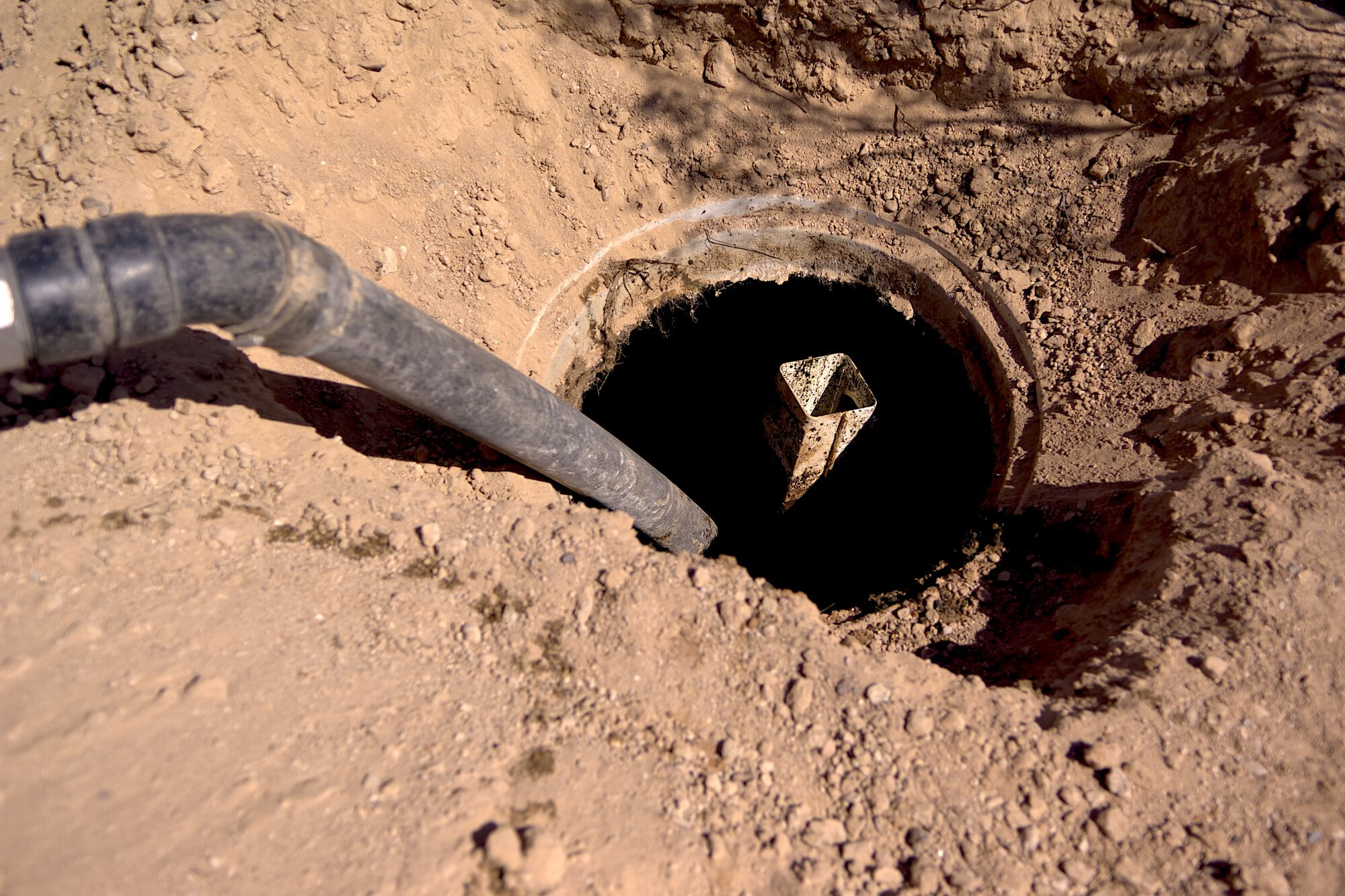Maintenance and Cost Comparison: Cesspit vs Septic Tank
In this article, we will explore the differences between cesspits and septic tanks. We’ll take a look the their maintenance and costs. Both systems are used to store and treat wastewater from households that are not connected to a municipal sewage system.
But, they have distinct features that set them apart. Understanding these differences is essential for homeowners. Allow them to choose between a cesspit vs septic tank for their property.
Keep reading to learn more.
Contents
Cesspit vs Septic Tank
A cesspit, also known as a cesspool, is a sealed underground tank. It holds all the wastewater from a household. It has no outlet or treatment system. It also requires regular emptying by professional services.
A septic tank works in conjunction with a drainage field. It’s where wastewater is treated and dispersed into the ground through a series of pipes. The solid waste in the septic tank is broken down by natural bacteria. It is then released into the drainage field.
Cesspit vs Septic Tank Costs
One of the main differences between a cesspit and a septic tank is the cost. In terms of installation, a cesspit is generally cheaper as it does not need a drainage field.
The costs of regular emptying and maintenance can add up. Especially for larger households. In contrast, a septic tank may have higher upfront costs due to the need for a drainage field. But it is more cost-effective in the long run.
Cesspit vs Septic Tank Maintenance
Maintenance is another crucial aspect to consider when choosing between a cesspit and a septic tank. As mentioned earlier, sealed cesspits require frequent emptying as they have no treatment system. This means that homeowners need to budget for regular pumping services, which can be expensive.
In contrast, septic tanks only require pumping every 3-5 years on average, depending on usage and tank size. You can also check out an article on cesspool maintenance for more information.
While septic tanks require less frequent pumping, they are not entirely maintenance-free. Homeowners need to monitor the system for signs of problems and take action to avoid costly repairs. The maintenance of septic tanks also involves safe usage practices and regular inspections.
Cesspit vs Septic Tank Environmental Impact
Cesspits, due to their lack of a treatment system, can potentially have a higher environmental impact. If not maintained properly, they could risk leakage or overflow, which has severe implications for local groundwater.
Septic tanks, while generally having a lower impact due to their treatment system, can still pose environmental risks. Failures in the system can lead to untreated waste being released into the environment, contaminating soil and groundwater.
A Comparative Analysis Between Cesspit vs Septic Tank
When choosing between a cesspit vs septic tank, factors such as costs, maintenance requirements, and environmental impact must be considered. Cesspits are cheaper to install but require frequent emptying. While septic tanks have higher upfront costs but require less maintenance.
The environmental risks of both private sewers should also be taken into account. The decision should be made after careful consideration and professional consultation.
Browse our blog for more interesting reads.

